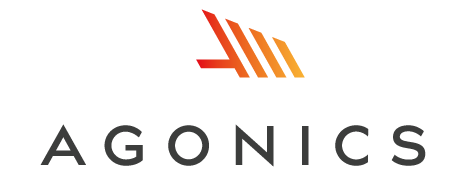Agonics delivers critical infrastructure design in support of the Inland Rail North- East Line upgrade
CLIENT
McConnell Dowell
LOCATION
Victoria, Australia
Challenge
McConnell Dowell (MCD) has been awarded a critical design role across the southern extents of the Inland Rail Standard Gauge North-East Line Upgrade.
Extending from Melbourne through to just south of the NSW border, the North- East Line Upgrade project will facilitate more freight movements through the easement, as well as achieve a new double-stack container vertical clearway.
As a very busy existing rail corridor that supports ARTC and V/Line passenger and freight tracks, designing new work in and around the North-East corridor poses real challenges to designers and engineering experts in terms of track access and in obtaining comprehensive survey data to inform and validate track changes in and around bridges, level crossings and existing overhead powerlines.
Adjacent to the standard gauge mainlines, the V/Line broad gauge tracks that extend in the corridor from Melbourne to Mangalore are situated only metres from the standard gauge line and needed to be carefully assessed when planning track slews and signalling works.
McConnell Dowell and their consultant Ediom received LiDAR point clouds from their client that had been generated by Agonics and turned to its railway asset
mapping team for assistance in extracting a range of track features, powerline clearance and signalling clearance reports across the corridor.
The quality control previously applied by Agonics to generate the LiDAR point clouds was fundamental to their suitability for these post-recording feature extraction and reporting outputs.
Solution
The Agonics XERRA LiDAR viewer was configured to generate a range of track feature outputs compliant with the MCD CAD input format. Initially, gauge point references were established along the east and west standard gauge tracks.
These were used to automate a series of railhead feature string outputs.
Once this critical reference dataset was prepared, supplementary feature strings defining the ballast top and toe and any earthworks, such as cuttings and embankments, were coordinated using the colourised LiDAR point cloud within
XERRA. Fences, trackside enclosures, signalling equipment and rail-under bridges were similarly coordinated and described using the point cloud and accompanying digital imagery.
At over 100 locations along the North-East Line Upgrade there were existing powerlines that spanned above the standard gauge track.
These powerlines were typically attached to poles either side of the track and usually within the rail easement. They were observable within the LiDAR point cloud and XERRA was used to detect the lowest conductor within each electricity circuit as well as the
cross-arm attachment point of that conductor on each power pole.
The span length was calculated and the temperature at the time of the initial MLS (Mobile Laser Scanning) survey campaign completed by Agonics was sourced from Bureau of Meteorology data.
Alongside these bespoke conductor clearance reports, Agonics also generated signal offset and clearance measurements for several mast and gantry signal assets along the corridor.
Outcome
- Railway asset mapping of accurate rail features was performed without having to organise fieldwork
- Critical powerline conductor clearances were assessed to inform remediation for extended vertical clearances
- LiDAR point clouds were validated fit for purpose for powerline clearances
- Standard Gauge and Broad Gauge MLS campaign data held by Agonics were leveraged to fulfill a complex corridor design upgrade.

